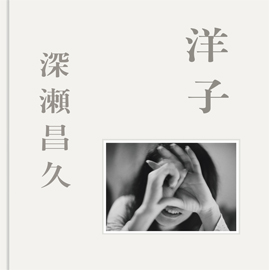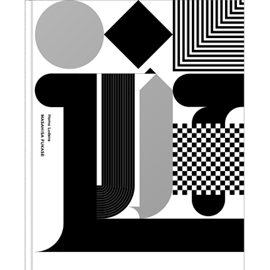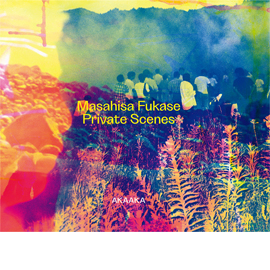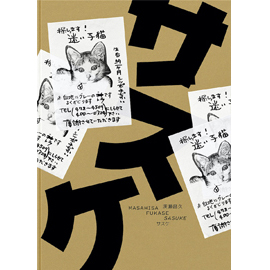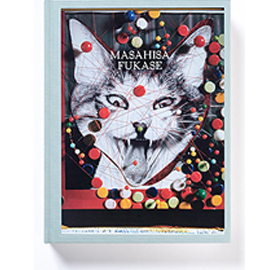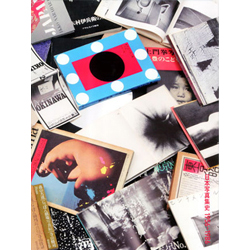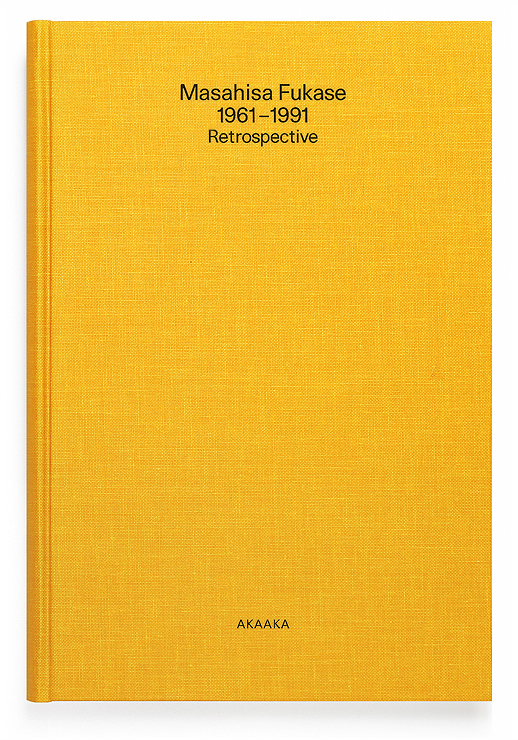
『深瀬昌久 1961-1991レトロスペクティブ』
発行:赤々舎 Size: H220mm × W148mm Page:216 pages Binding:Cloth Hardcover Published in March 2023 ISBN:978-4-86541-166-9 |
¥ 3,000+tax
国内送料無料! お支払い方法は、銀行振込、郵便振替、 クレジットカード支払い、PayPal、PayPay よりお選び頂けます。 |
|---|
About Book
1960年代から1990年代の初頭に活動した深瀬昌久の軌跡を辿り、
その独自の世界に触れるレトロスペクティブ。
図版 008 遊戯 044 洋子 064 烏(鴉) 084 サスケ 096 家族 106 歩く眼 116 私景 122 ブクブク 論考 129 主客未分の戯れ、愛と写真のパラドックス トモ・コスガ(深瀬昌久アーカイブス ディレクター) 154 展覧会ノート 鈴木佳子(東京都写真美術館) 資料編 160 年譜 167 展覧会歴 169 書誌 177 受賞歷 196 作品リスト |
Plates 008 Yūgi(Homo Ludence) 044 Yōko 064 Karasu(Ravens) 084 Sasuke 096 Kazoku(Family) 106 Aruku me(Walking Eye) 116 Shikei(Private Scenes) 122 Bukubuku Essays 129 A Game of Undifferentiated Subject and Object: The Paradox of Love and Photography Tomo Kosuga [Director, Masahisa Fukase Archives] 154 Exhibition Notes Yoshiko Suzuki [Curator, Tokyo Photographic Art Museum] Appendix 160 Chronology 167 Exhibitions 169 Bibliography 177 Awards 196 List of works |
Masahisa Fukase 1961-1991 Retrospective
"I never think that I can capture a certain subject by taking a photograph of it. What is important for me is how deeply I can enter into it, and to what degree I can cause it to reflect me. I want the very act of looking through the viewfinder to be a flesh-and-blood action... I strongly feel that photography can be freer, more open. I believe it is possible to relate to it in a way that encompasses my entire being."
Masahisa Fukase, 1969
By focusing intently on his personal life, Masahisa Fukase carved out a unique place for himself in the history of Japanese photography in the 1960s. While exploring the origins of photography, Fukase developed a major practice among a group of artists associated with what later came to be known as shi-shashin ("I-photography").
Fukase pointed his camera at those in his immediate surroundings, including his wife and family; and while exposing his own private life, he consciously explored the madness that lay deep within himself. This madness led to remarkable and unparalleled works that combined Fukase's loving gaze for his subjects with his carefree sense of humor.
This book "Masahisa Fukase 1961-1991 Retrospective" boasts a substantial assemblage of works, including major Fukase works, such as "Yūgi (Homo Ludence)", "Yōko", "Karasu (Ravens)", "Sasuke", "Kazoku (Family)", and "Bukubuku".
----------
Fukase said his work "always comes from things around me, things I can touch with my hands," he "saw myself reflected in the (subjects') eyes (and) wanted to photograph the love that I saw there." He sought to convey "the multilayered nature of existence" in a single photograph by endeavoring to capture "a reflection of myself," but as photographs do not reveal the photographer's true intentions as well as words do, even when this practice was an expression of love, he repeatedly encountered "the paradox of being together for the sake of photography. However, Fukase was evidently confronted with the paradox of a love-hate relationship with photography since he was a child, long before he mastered language. " [...]
Most of the things that Fukase spent his life gazing at were familiar parts of his surroundings. In other words, while he engaged with the kinds of subjects that anyone could easily shoot on the spur of the moment, there is a definitive essence to his photographs, and it is this essence, of heartrending earnestness, that made Masahisa Fukase the photographer he was.
Fukase was a photographer with vision and willingness to experiment, who applied an extraordinary sensibility when he took photographs. He took them as if he were touching and stroking his subjects, as people do with their smartphones today, rather than observing them through a camera, and in the current era when posing with oneself in the scene has become commonplace, we can empathize all the more with the perspectives and sensibility expressed throughout his oeuvre, and even get to the primal roots of what people enjoy about photography. Fukase's work was never lost to the past, but was playing a long game with photography that extended far into the future, when we would finally catch up with it.
Extracted from the text
"A Game of Undifferentiated Subject and Object: The Paradox of Love and Photography"
Tomo Kosuga [Director, Masahisa Fukase Archives]
Special gifts for the first customers
One postcard will be given away as a Special gifts for the first customers, which selected at random from the following 12 images.The offer will end while supplies last.
→We have finished giving out free gifts.
|
ポストカードは、NADiff BAITEN(東京都写真美術館 2F)にて、ご購入も頂けます。 |
Related Exhibiton
|
「深瀬昌久 1961-1991レトロスペクティブ」 会期:2023年 3月3日(金)~6月4日(日) 時間:10:00~18:00(木・金 20:00まで/入館は閉館時間の30分前まで) 会場:東京都写真美術館 2F(東京都目黒区三田1-13-3 恵比寿ガーデンプレイス内) 休館日:毎週月曜(5月1日は開館) 【関連イベント①】深瀬昌久 作家活動30年の軌跡 2023年3月3日(金) 17:00~18:30 (開場16:30)講師:トモ・コスガ(深瀬昌久アーカイブス、ディレクター) 会場:東京都写真美術館1階ホール 定員:190名 参加:無料(ただし入場時に「深瀬昌久」展の半券の提示必須) 参加方法:10:00より1階総合受付にて整理券を配布。 【関連イベント②】13 Ways of Looking at Fukase 2023年3月5日(日) 14:00~16:00 (開場15:30)講師:アマンダ・マドックス(世界報道写真財団、主任キュレーター) ※日英逐次通訳付 会場:東京都写真美術館1階ホール 定員:190名 参加:無料(ただし入場時に「深瀬昌久」展の半券の提示必須) 参加方法:10:00より1階総合受付にて整理券を配布。 |
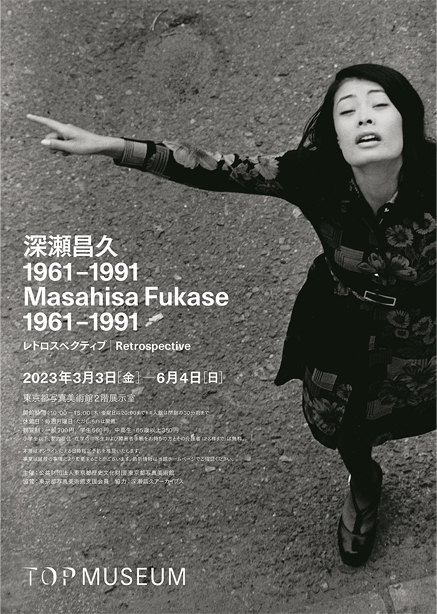 |
Related Movie
【深瀬昌久1961-1991】講演会「深瀬昌久 作家活動30年の軌跡」at 東京都写真美術館
トモ・コスガ(深瀬昌久アーカイブス、ディレクター
Artist Information
深瀬昌久 (Masahisa Fukase)
Masahisa Fukase
Masahisa Fukase was born in the town of Bifuka in Nakagawa District, Hokkaido, in 1934. He graduated from the Nihon University College of Art's Photography Department in 1956. Fukase became a freelance photographer in 1968 after working at the Nippon Design Center and Kawade Shobo Shinsha Publishers. His major collections include Yugi (English: Homo Ludence) (Chuokoronsha, 1971), Yoko (Asahi Sonorama, 1978), and Karasu (English: Ravens) (Sokyusha, 1986). His major group exhibitions include "New Japanese Photography" (New York MoMA, 1974), "Black Sun: The Eyes of Four" (Oxford Museum of Modern Art, 1985), "By Night" (Fondation Cartier pour l'Art Contemporain, 1996), and "OUT OF JAPAN" (Victoria and Albert Museum, 2002). Fukase has also held countless other solo exhibitions. He is also the winner of prizes such as the 2nd Ina Nobuo Award in 1976 for his exhibition "Karasu" as well as the Special Award at the 8th Higashikawa Photography Awards in 1992.
In 1992 a tragic fall had left the artist with permanent brain damage,and it was only after his death in 2012 that the archives were gradually disclosed. Since then a wealth of material has surfaced that had never been shown before.
In 2017, His first posthumous major retrospective "l'incurable égoïste" was held at the Arles International Photo Festival, France. The following year, his first domestic retrospective, "Play" was also held at KYOTOGRAPHIE, Japan. and In conjunction with the exhibition "Private Scenes," at Foam,2018, The Netherlands, Masahisa Fukase; Xavier Barral(English and French) Akaaka (Japanese), have been published.
Other titles, including Kill the Pig; Ibasho & the (M) éditions, 2021, Sasuke; Xavier Barral (English and French),Akaaka(Japanese) ,2021, Family; Mack, 2019, have been published in recent years.

